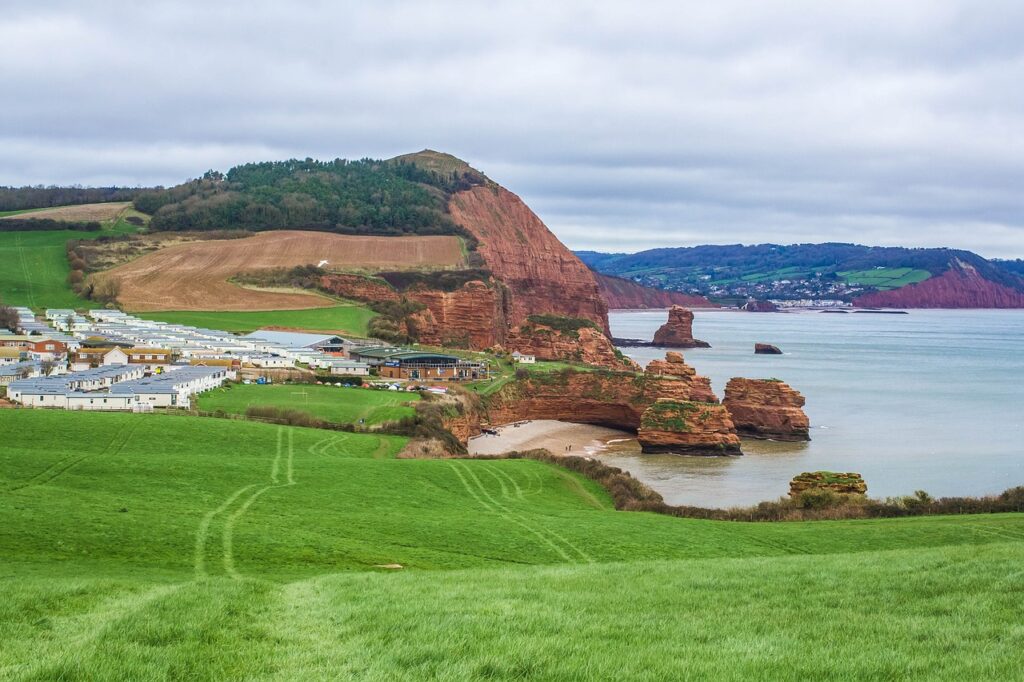
Devon Island, located in the Canadian Arctic Archipelago, is a captivating destination characterized by its stunning landscapes, intriguing geology, and unique wildlife. As the world’s largest uninhabited island, Devon Island presents a rare opportunity for adventurers and nature lovers to explore one of the most remote corners of the globe. Here’s what you need to know about exploring this Arctic gem.
About Devon Island
Location: Devon Island is positioned in the northern part of Canada’s Arctic Archipelago, within Nunavut territory. It is situated between Baffin Island and the mainland of Canada, in the Arctic Ocean.
Size: Covering approximately 55,247 square kilometers (21,300 square miles), Devon Island is the largest island in the Arctic Archipelago and ranks ninth in the world by size.
Climate: The island experiences an Arctic climate, with cold temperatures throughout the year. Summers are cool and brief, making it an ideal time for exploration.
Highlights of Devon Island
1. Stunning Arctic Landscapes
Devon Island’s diverse Arctic landscapes include vast tundra, dramatic cliffs, and striking ice formations. The rugged terrain offers excellent opportunities for hiking and photography, with the island’s stark, untouched beauty providing breathtaking views.
2. Haughton Impact Crater
A notable feature of Devon Island is the Haughton Impact Crater, created by a meteorite impact approximately 23 million years ago. This well-preserved crater offers a unique geological landscape and is an interesting site for scientific research.
3. Wildlife Encounters
Despite its harsh climate, Devon Island is home to various Arctic wildlife. Visitors may encounter polar bears, Arctic foxes, muskoxen, and bird species. The island’s flora, including hardy Arctic plants and lichens, also adds to its ecological interest.
4. Research Stations
Devon Island is host to several research stations dedicated to Arctic studies and climate research. The Canadian Space Agency’s Arctic Research Station uses the island’s extreme conditions to simulate Mars environments for scientific purposes. Visiting these stations offers insight into cutting-edge research and the challenges of Arctic living.
5. Cultural Insights
While Devon Island itself is uninhabited, it is part of the traditional territory of the Inuit. Nearby Inuit communities offer opportunities to learn about Arctic cultures and traditions, providing a richer understanding of the region’s heritage.
Tips for Visiting Devon Island
- Travel Logistics: Accessing Devon Island usually involves flying to a nearby hub like Resolute or Iqaluit, followed by charter flights or boat trips. Plan your journey well ahead of time, as reaching this remote location can be complex.
- Prepare for Arctic Weather: Pack suitable clothing and gear for Arctic conditions. Layered clothing, waterproof outerwear, and insulated boots are essential to stay warm and comfortable.
- Travel Safely: Due to the island’s remote nature and challenging weather, it’s best to travel with experienced guides or as part of a tour. Navigation and safety are crucial in such a rugged environment.
- Environmental Respect: Devon Island’s environment is delicate, so follow principles of minimal impact and respect local wildlife and natural features. Ensure that your visit does not harm the pristine landscape.
My final Remark
Devon Island is a remarkable destination for those seeking an adventure in the Arctic. Its breathtaking landscapes, significant geological features, and unique wildlife make it a compelling place to explore. Whether you’re interested in scientific research, photography, or simply experiencing one of the most remote regions on Earth, Devon Island offers a memorable and extraordinary journey.
Have you visited or are you planning to visit Arctic regions? Share your experiences or questions about Devon Island in the comments below!
